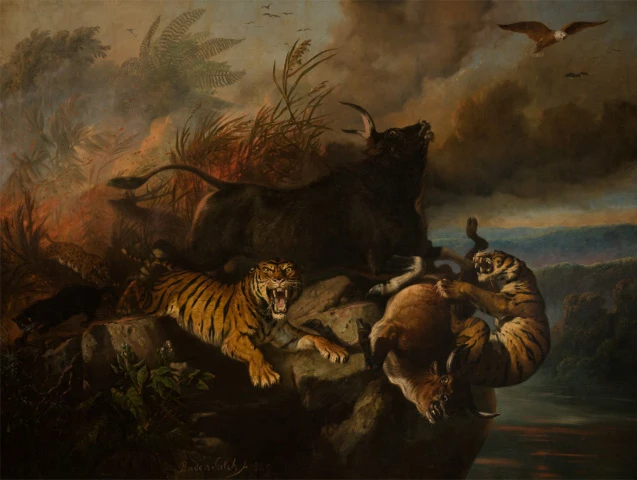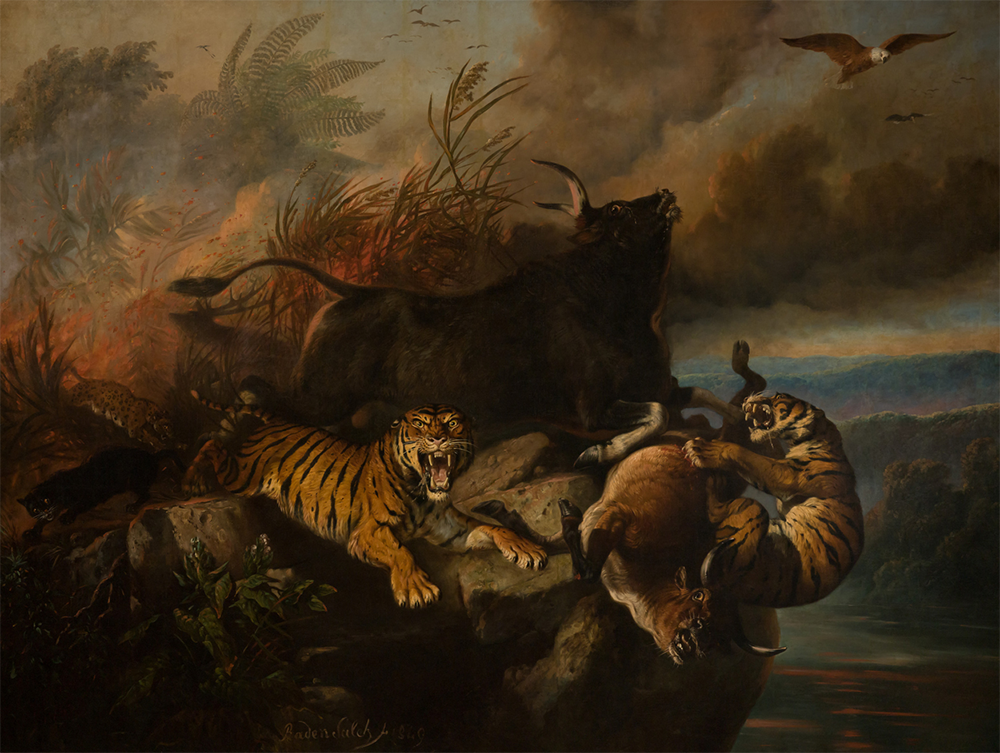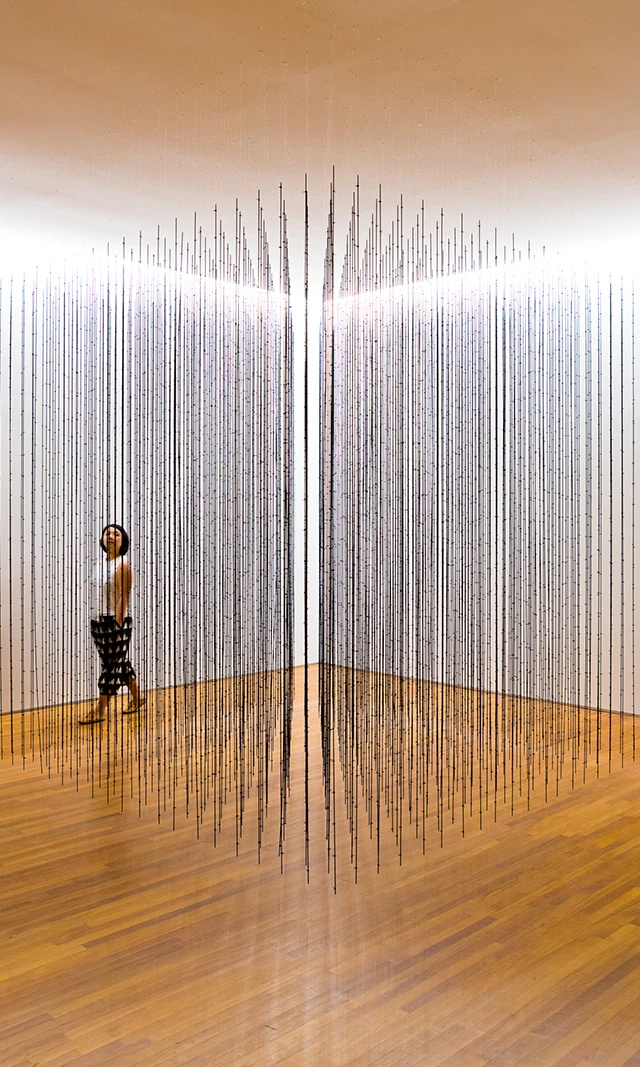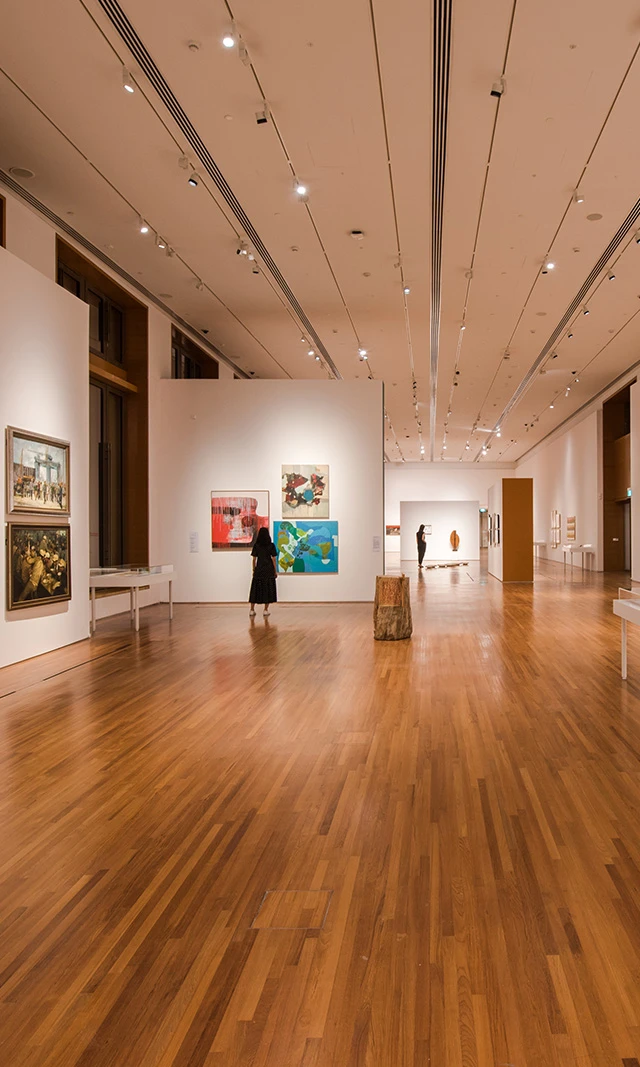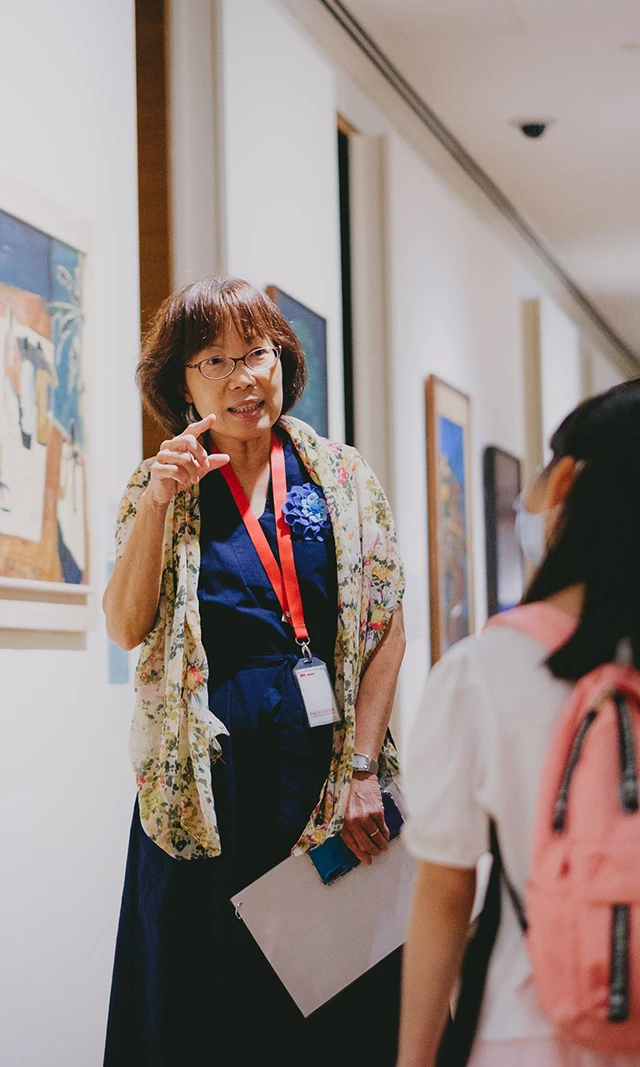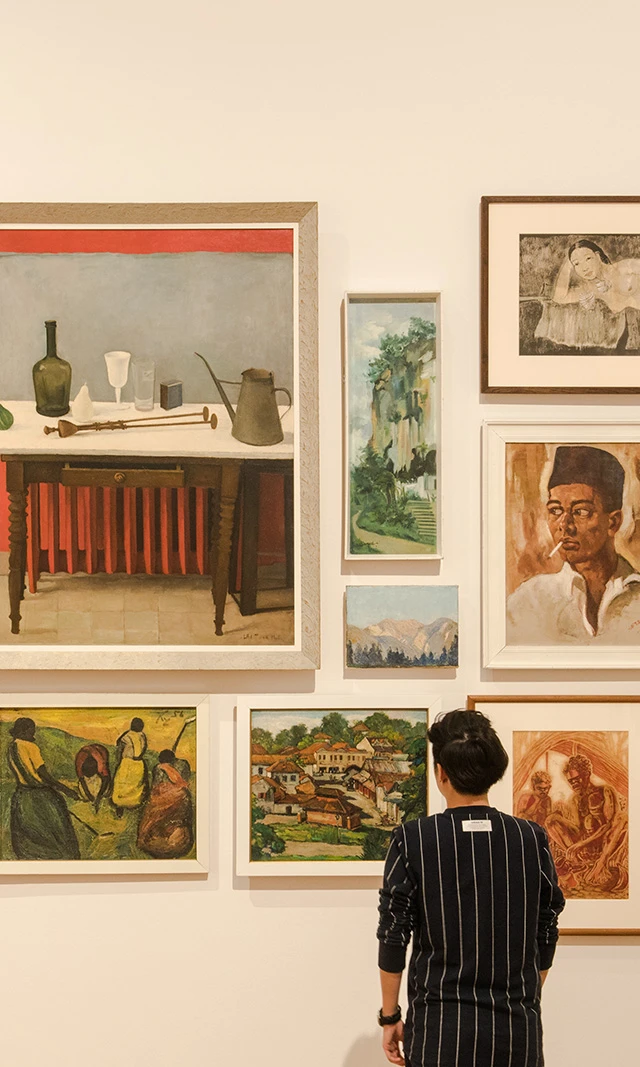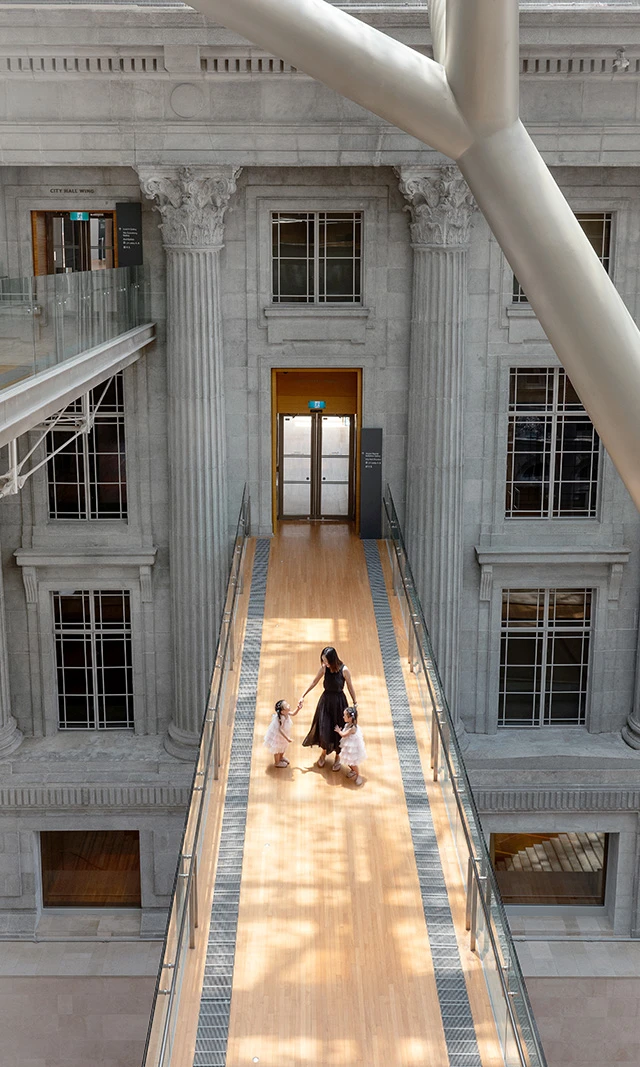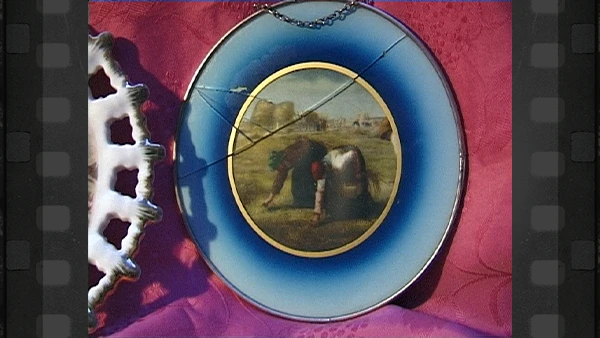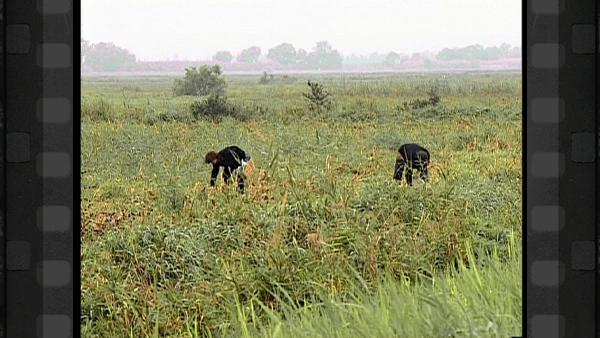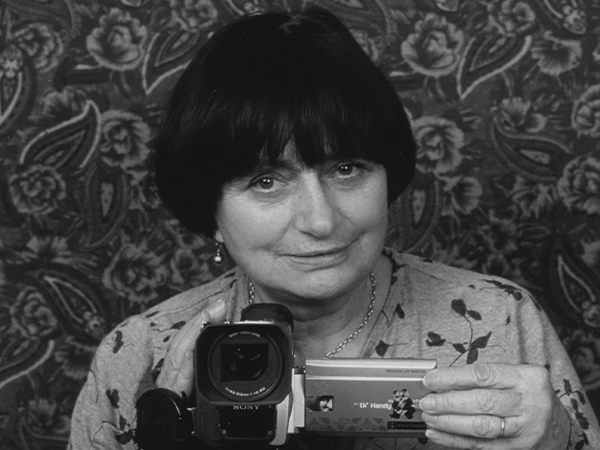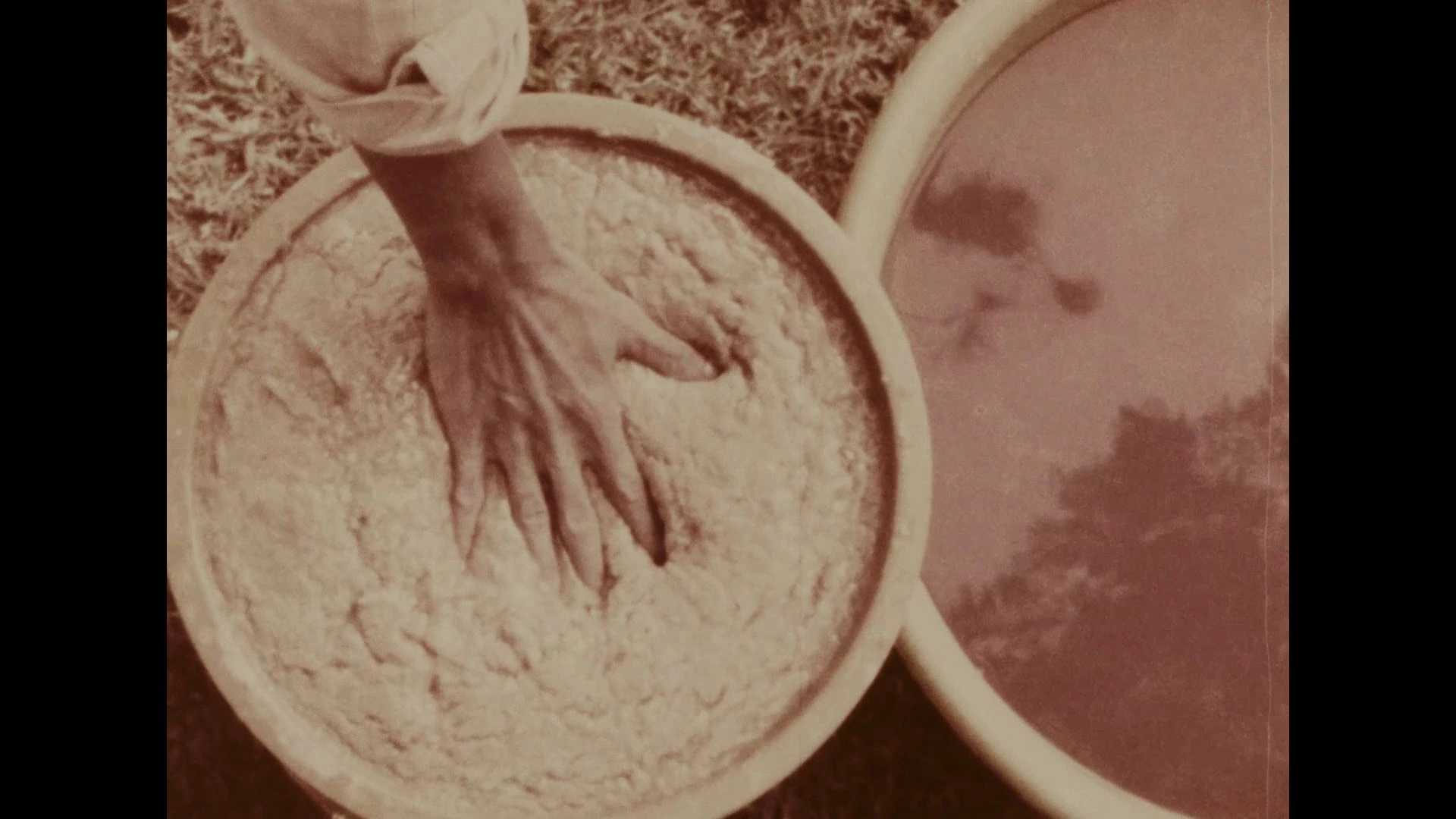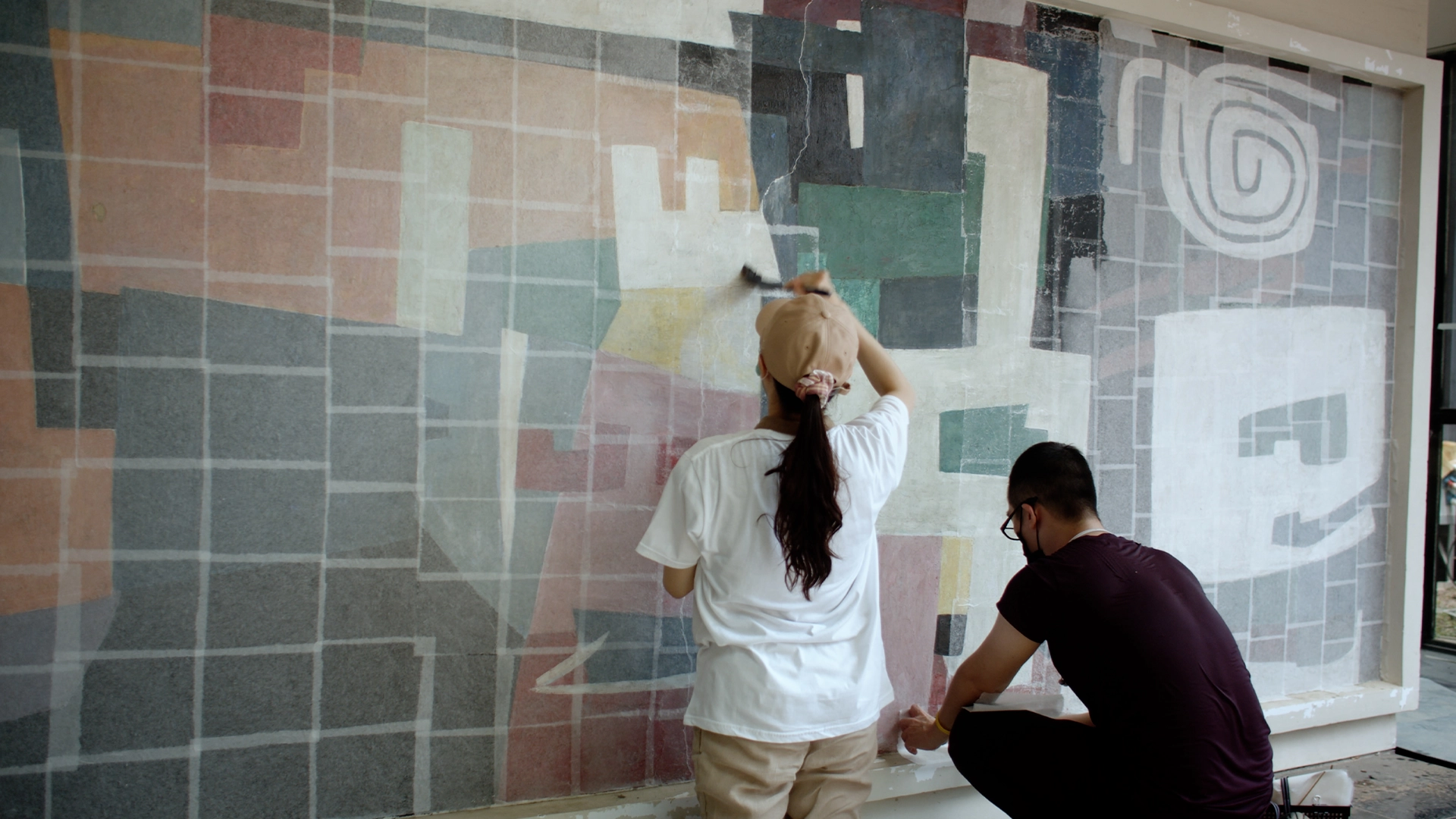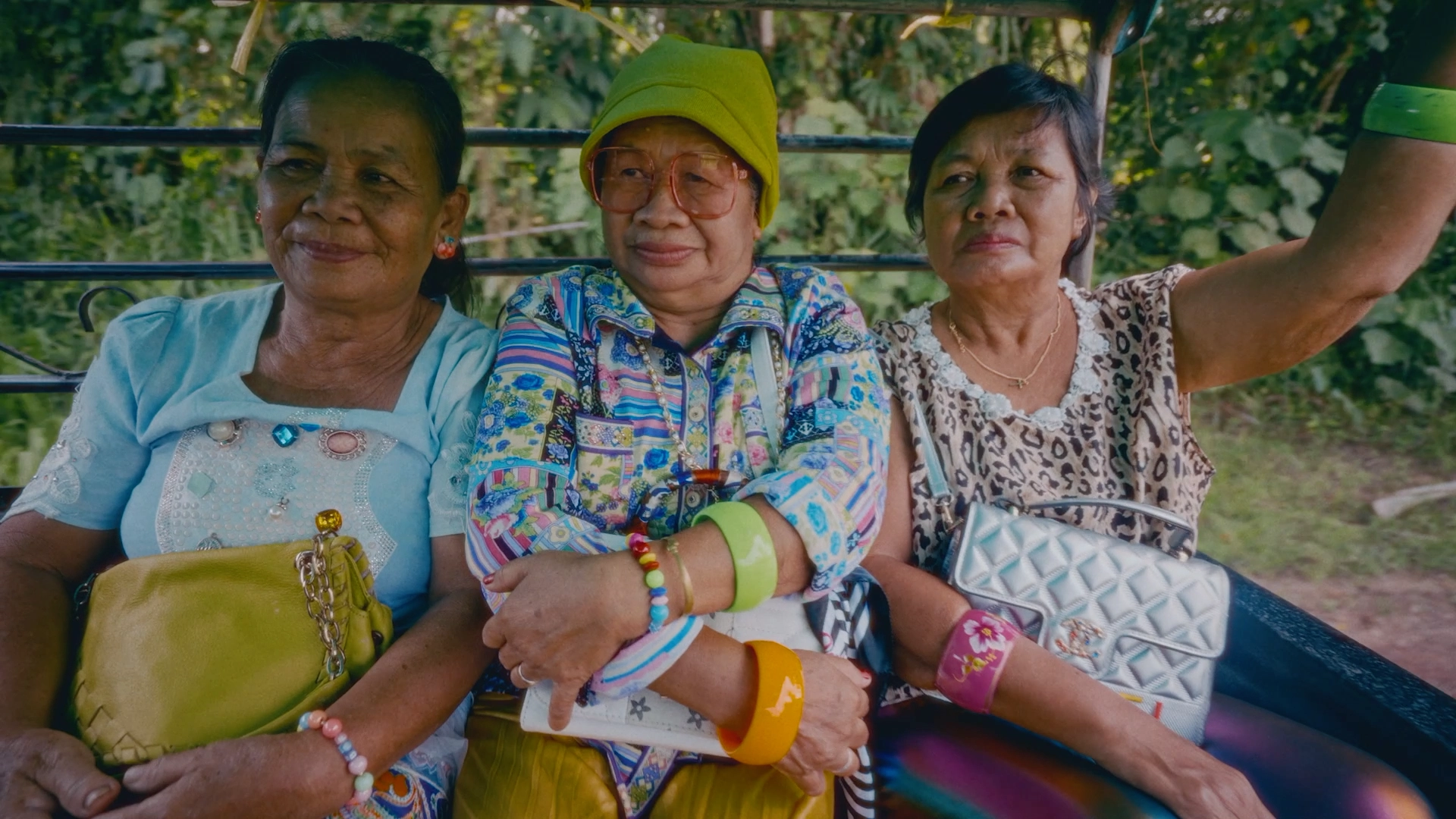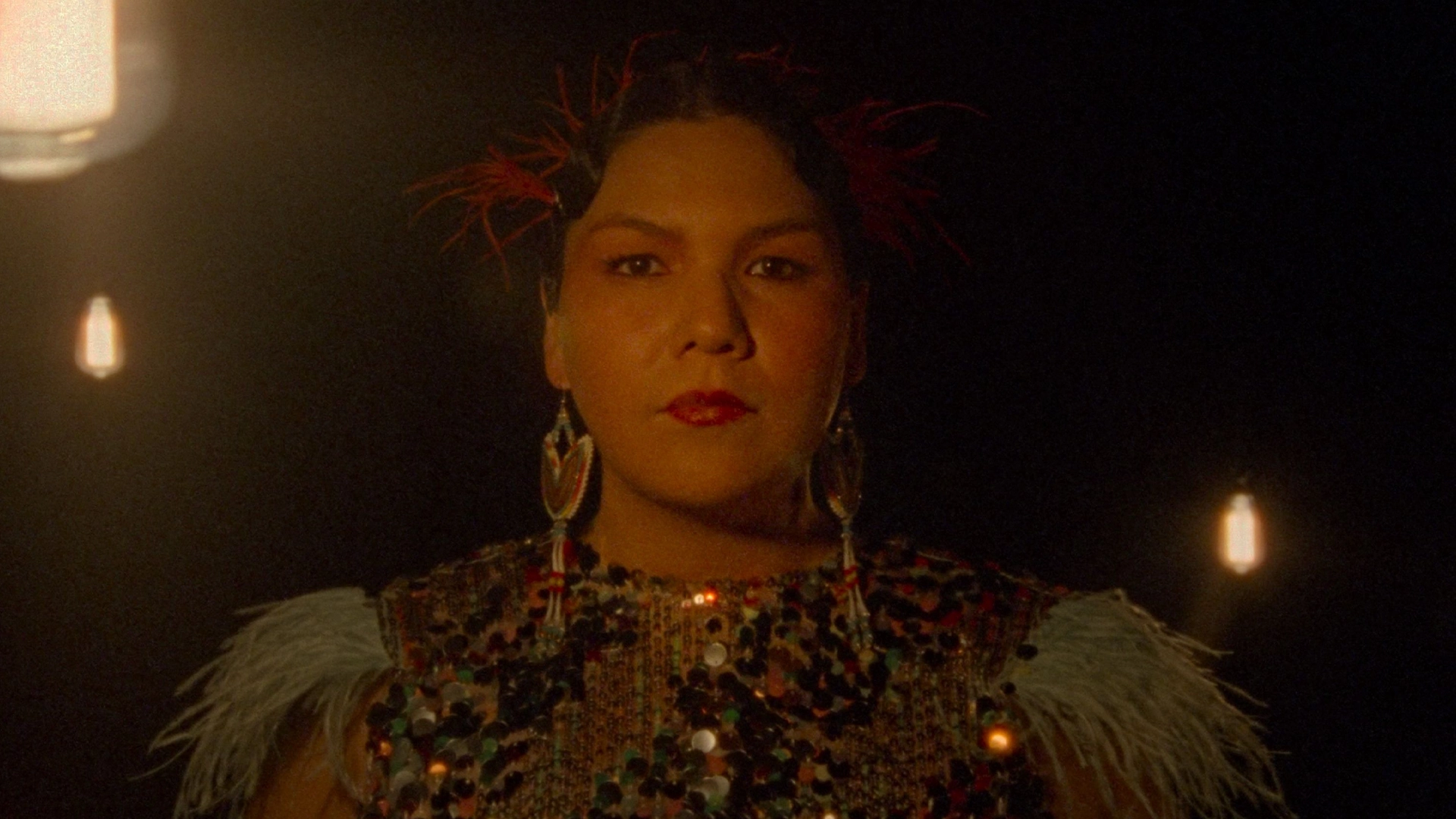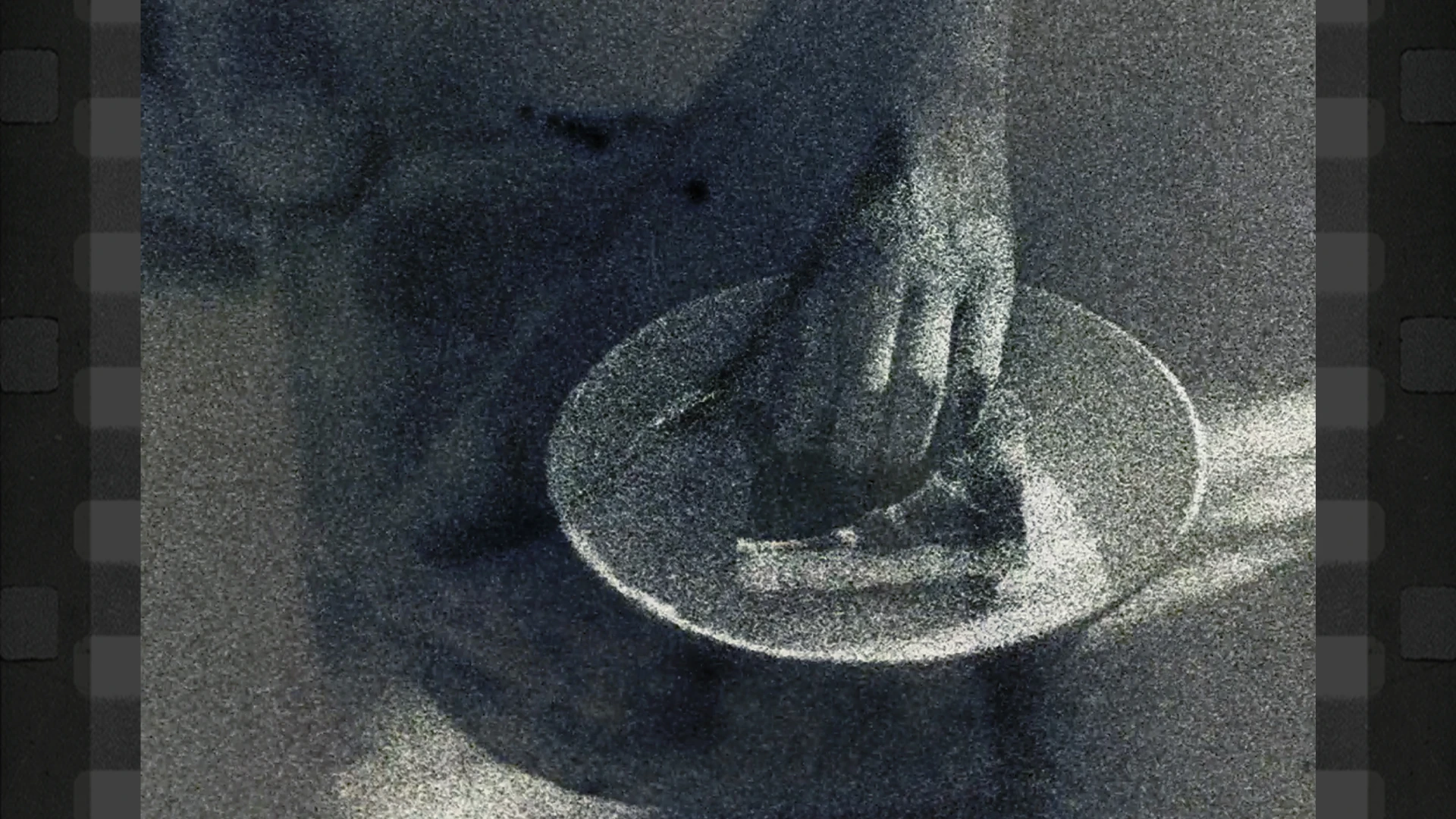THE GLEANERS AND I (LES GLANEURS ET LA GLANEUSE)
By Agnès Varda
About the Film
A reflection on the humble act of gleaning, commonly illustrated by Jean-François Millet’s famous 1857 painting Les glaneuses (The Gleaners) in encyclopaedias, inspires director Agnès Varda to set out on a journey to document the stories of modern-day gleaners who forage for what mainstream society discards. Her chance encounters and conversations with these who live on the margins take her on a joyful adventure across France, from the markets of Paris to the Avignon countryside to the island of Noirmoutier. “Gleaning, that’s the old way,” declares one farmer, speaking of the practice as collective wisdom imparted from one generation to another. Elsewhere in the film, this understanding is affirmed by a lawyer who cites a 1554 edict that allows the poor, the wretched, and the deprived to enter the fields and glean once the harvest was over.
With her handheld camera, Varda posits herself as a type of gleaner—of images, impressions, emotions. In the film, her expansive vision makes room for ruminations on everything, from aging to the birth of cinema to the charm of heart-shaped potatoes rejected by supermarkets for appearing “deformed”. Following her self-reflexive gaze, the viewer is led to identify with otherness. Gradually, the humanity and contributions of those who glean to rehabilitate also come into focus. Artists who transform found objects from the streets into art, giving them “a second chance”. A man who obtains all his food from rubbish bins as a matter of principle, in his personal fight against overconsumption. A vegetarian with a Master’s degree who saves money by scavenging and gives free classes to illiterate immigrants at his shelter daily. By turns playful, philosophical, and satirical, The Gleaners and I is an essay film that sensitively engages with the incongruities of consumer culture, by an artist who, like her subjects, finds unexpected riches where few think to look.


